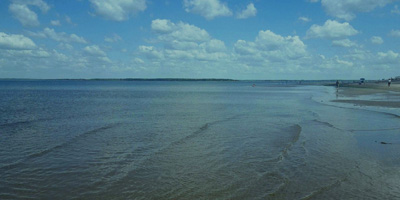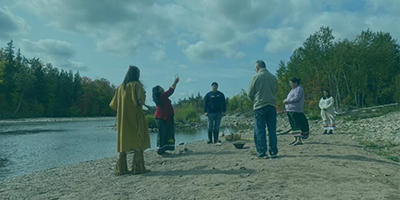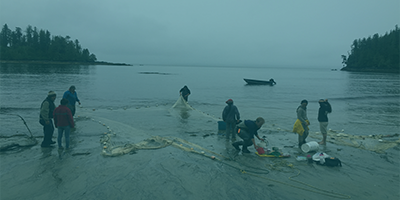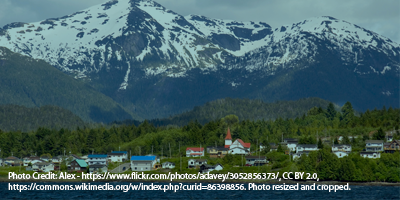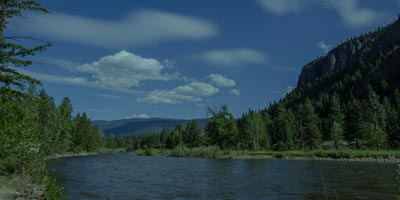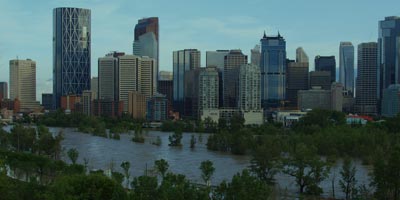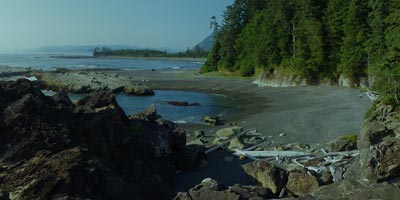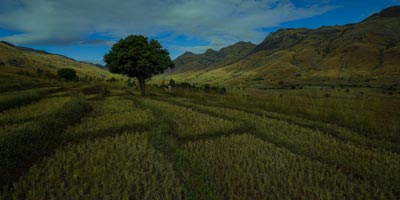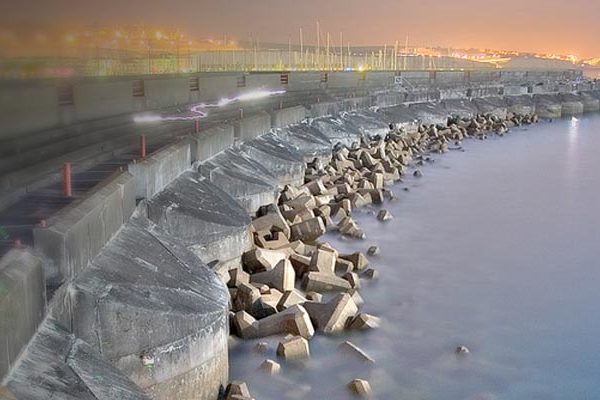
Climate Change Adaptation
The world is currently facing the types of extreme events and disruptions today that will be more common and severe in the future with climate change. ESSA believes we can better prepare for the future despite knowing exactly what to expect.
The climate is changing, with early effects already contributing to losses and impacts for communities in Canada and around the world. Some of the most dramatic impacts relate to natural disasters – floods, drought, wildfires, storm surges, hurricanes, and other weather extremes – exacerbated by climate change. Climate change adaptation reduces risks in the current climate, and manages future risks in the face of projected changes. Governments, industry and communities are taking action.
In adapting to changing weather and climate patterns organizations can face a range of challenges. These include making a business case for action, understanding the risks and opportunities, setting priorities for implementation, and learning about what works.
For over 20 years ESSA has applied its knowledge of complex environmental and human systems to the multidisciplinary challenges of climate change and risk reduction. Although the unknowns are often pervasive, large, and unavoidable, ESSA helps clients deal with the related complexities and uncertainties.
We are committed to providing our clients with the most up-to-date research, information systems, tools, and techniques to support adaptation choices. Our technical toolbox includes simulation and conceptual models to assess the vulnerability of ecosystems and local communities to climate change, as well as explore alternative strategies for adaptation. We lean on decades of experience in designing monitoring systems to help clients measure and evaluate progress on adaptation. We apply a range of participatory approaches to harness human creativity in adaptation and ground our analysis and advice on ways to integrate adaptation thinking into today’s decision making. We carefully craft the appropriate mix of technical and facilitation approaches to suit each problem, building on decades of experience in systems analysis and capacity development.
We can help if you want to understand whether or how you are vulnerable to climate change risks, but don’t know where to start or how to prepare. We can also assist if you are implementing strategies and tactics to reduce risks from climate change and want to understand how well you are doing.
Our work in this practice area encompasses:
- Natural hazard modelling and mapping
- Climate change vulnerability and impact assessments
- Climate change impact and adaptation monitoring systems
- Policy analysis and appraisal
- Adaptation program evaluation
Explore the following sample of projects in Climate Change Adaptation which showcase our work and a foundational reading list from which we draw inspiration. Contact Jimena Eyzaguirre ([email protected]) or Marc Nelitz ([email protected]) for more information about our work in this practice area.
- Dessai, S., and M. Hulme. 2004. Does climate adaptation policy need probabilities? Climate Policy. 4(2): 107-128. https://www.tandfonline.com/doi/abs/10.1080/14693062.2004.9685515
- Gifford, R. 2011. The dragons of inaction: Psychological barriers that limit climate change mitigation and adaptation. American Psychologist. 66: 290-302. doi: 10.1037/a0023566
- Haasnoot, M., J.H. Kwakkel, W.E. Walker, and J. ter Maat. 2013. Dynamic adaptive policy pathways: A method for crafting robust decisions for a deeply uncertain world. Global Environmental Change. 23: 485-498. https://doi.org/10.1016/j.gloenvcha.2012.12.006
- Lemos, M.C., C.J. Kirchhoff, and V. Ramprasad. 2012. Narrowing the climate information usability gap. Nature Climate Change 2 (11): 789-794. https://www.nature.com/articles/nclimate1614
- Milly, P.C.D., J. Betancourt, M. Falkenmark, R.M. Hirsch, Z.W. Kundzewicz, D.P. Lettenmaier, R.J. Stouffer. 2008. Stationarity Is Dead: Whither Water Management? Science. 319 (5863): 573-574. DOI: 10.1126/science.1151915
- Pelling, M., C. High, J. Dearing, and D. Smith. 2008. Shadow Spaces for Social Learning: A Relational Understanding of Adaptive Capacity to Climate Change within Organisations. Environment and Planning A. 40 (4): 867-884. https://doi.org/10.1068/a39148
- Pyke, C.R., B.G. Bierwagen, J. Furlow, J. Gamble, T. Johnson, S. Julius, and J. West. 2007. A decision inventory approach for improving decision support for climate change impact assessment and adaptation. Environmental Science & Policy. 10: 610-621. https://doi.org/10.1016/j.envsci.2007.05.001
- Weaver, C., R.J. Lempert, C. Brown, J.A. Hall, D. Revell, and D. Sarewitz. 2012. Improving the contribution of climate model information to decision making: The value and demands of robust decision frameworks. WIREs Clim Change. 4: 39-60. https://doi.org/10.1002/wcc.202
- Wilby, R.L., and S. Dessai. 2010. Robust adaptation to climate change. Weather. 65: 180-185. https://doi.org/10.1002/wea.543
- Willows, R.I., and R.K. Connel. 2003. Climate Adaptation: Risk, uncertainty and decision-making. UKCIP Technical Report, UKCIP Oxford. https://ukcip.ouce.ox.ac.uk/wp-content/PDFs/UKCIP-Risk-framework.pdf


